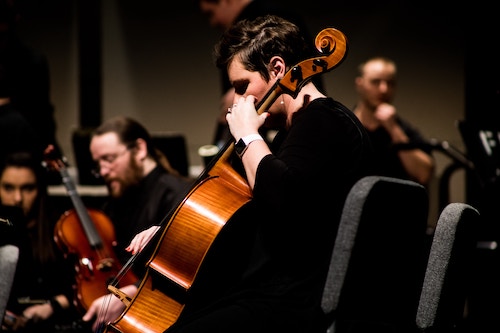Pachelbel’s Canon: A Timeless Gem of Classical Music

Introduction
In the world of classical music, there’s a piece that has captured hearts for centuries—Pachelbel’s Canon. Johann Pachelbel composed this piece in the late 17th century, this masterpiece thrills listeners with its beautiful melody and lasting popularity. In this blog post, we’ll explore the charming world of Pachelbel’s Canon, its composition, structure, influence, and lasting impact on music.
Composition and Style
Johann Pachelbel wrote Canon in D Major around 1680. It features three violins and basso continuo (usually played by a cello and harpsichord). The piece has a repeating chord pattern, a lovely melody, and layers of music that fit together perfectly. Pachelbel’s skillful composition creates a timeless and captivating experience.
Canon Structure
The Canon is built upon a repeating bass line, or ground bass, that plays throughout the piece. Over this repeating bass, three violins take turns playing melodies that echo and blend together. This creates a charming and mesmerizing effect that draws in listeners from the beginning.
Popularity and Influence
Pachelbel’s Canon wasn’t well-known for many years after its creation. However, it gained immense popularity in the 1970s and has since become one of the most recognized classical compositions.
Pachelbel’s Canon extends beyond classical music alone—it’s very popular at weddings, in movies, and even in commercials. Its beauty has inspired numerous modern musicians, who have integrated its melodies into their own songs. This Canon continues to captivate people of all ages and musical tastes.
Baroque Era Gem
Pachelbel’s Canon belongs to the Baroque period of music, which spanned from the 17th to the 18th century. The Baroque era earned a reputation for its ornate and dramatic style. Pachelbel, a respected composer of his time, created numerous organ music and chamber works. However, it’s the Canon that has become his most loved and well-known composition.
Canon’s Enduring Appeal
Pachelbel’s Canon has the ability to evoke different emotions in listeners. Its simple yet beautiful melodies create a sense of calm and peace, allowing people to escape into a world of music. As the piece progresses, the music becomes more complex and intense, leading to a satisfying ending. This gradual buildup, combined with its timeless melodies, ensures that Pachelbel’s Canon remains a source of joy and comfort.
Conclusion
Pachelbel’s Canon holds a special place in classical music history. With its timeless beauty, enchanting melodies, and captivating structure, this piece continues to captivate audiences of all ages. Whether you are a classical music enthusiast or someone who simply enjoys playing beautiful music, Pachelbel’s Canon offers a delightful journey that is truly worth experiencing. It serves as a testament to the enduring power of music, as it has the ability to touch our hearts and uplift our spirits.
We have over 90 different arrangements of Pachelbel’s Canon in D available to download from our main site. Whatever instrument of group of instruments you need the sheet music for, we’re bound to have an arrangement for you.
Pingback: Pachelbel Sheet Music